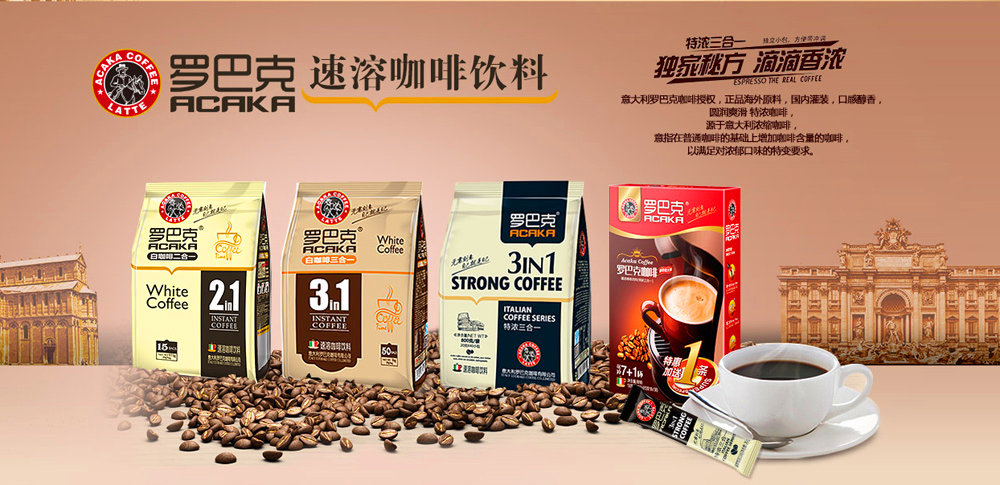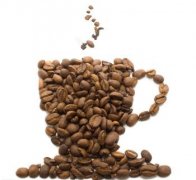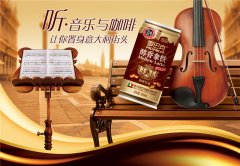What is the demand for coffee in China?
With the globalization of economy and trade, China has introduced a lot of foreign brands, including successful examples and failure cases, and the most important thing often does not depend on the business model of foreign brands, but on the understanding of Chinese market consumers. When it comes to the most successful case, the western retail concept-- foreign coffee shops are booming in China.

Although China has a history of drinking tea for thousands of years, coffee chains from the United States, Britain and South Korea have been able to expand rapidly in China, according to the Financial Times website on December 29. Sales in these coffee shops are growing faster than almost all retail businesses in mainland China. Sales of coffee chains more than doubled last year from less than 10 billion yuan in 2008 and are expected to double again by 2017, according to data from Euromonitor.
Since opening its first store in mainland China in 1999, Starbucks has positioned its store as a fashionable place to meet friends and get close to the Western lifestyle. Through this positioning, Starbucks has become one of the most famous lifestyle brands in mainland China. Starbucks' huge popularity has even changed the taste buds of Chinese people, and China's consumption of freshly brewed coffee is also increasing.
As the market continues to expand, it also continues to diversify. In the past few years, niche Korean cafes have sprung up like bamboo shoots after a spring rain, and independent coffee shops can be seen everywhere in big cities. In addition, from McDonald's and KFC to convenience store brands in Japan and Taiwan, all stores have begun to promote freshly brewed coffee.
Last year, China's state broadcaster CCTV lashed out at Starbucks' overpricing on the mainland. However, Starbucks not only shrugged off the impact of that attack, but also accelerated its expansion. Earlier this month, Starbucks said it planned to double the number of its stores to more than 3000 by 2019.
Several retail analysts say Starbucks, an American coffee chain, has essentially built a contemporary coffee culture in China from scratch. By contrast, they point out, tea is not only the most popular drink in China, but also deeply rooted in Chinese culture.
The company also plans to double its stores in China to 700 by 2018, according to Esteban Liang, managing director of Kashijia Coffee Asia. Kashijia Coffee is a coffee chain controlled by Whitbread. In addition, Man Coffee also said it intends to expand the number of its stores in mainland China from the current 100 to 200 by the end of 2015. Man Coffee is a popular restaurant chain, which started in South Korea and has the characteristics of both cafe and leisure.
Esther Lau, retail analyst at Mintel, said: "it can be foreseen that South Korea, the United States, the United Kingdom, as well as local coffee chains and fashion independent cafes." It will lead to a great degree of diversification in the market, which will consolidate the large-scale growth of the market. "
Shangdao Coffee is one of the first Taiwanese coffee chains to enter mainland China. The company's Frank Yin says that the more coffee shops there are now, the more coffee shops are likely to open in the future. "the more coffee shops appear, the more people are familiar with coffee," he said. "
However, in terms of market share, while Starbucks is growing rapidly, Shangdao Coffee is one of the biggest losers. From 2008 to 2013, Starbucks' market share in China increased from 12% to 31%, while Shangdao Coffee's share fell from 33% to 22%, according to Euromonitor.
At the same time, McDonald's, which had little share, also opened 800 in-store McCafe restaurants, expanding its market share to 6 per cent. During the same period, Kashijia's share increased from 1% to 5.5%. Until recently, most of Yum's KFC outlets in mainland China did not serve coffee. Recently, however, the company has also begun to promote coffee. Today, the company also sells freshly brewed coffee in convenience stores in many first-tier cities.
Tang Shide, Kearney's retail partner in Greater China, said: "of course, competition is also intensifying. However, in my opinion, even the density of coffee shops in Shanghai cannot be compared with that of Japan and South Korea. "
On a recent cold weekday afternoon, the 374 seats in a coffee shop on the outskirts of Shanghai were filled with people, mainly friends who were chatting loudly in groups. At the same time, the Starbucks in a nearby office building is almost full, with customers dominated by individuals who work on laptops or talk to colleagues.
What is even more surprising is that more and more mainlanders are not just patronizing coffee shops, they are also buying coffee drinks instead of non-coffee drinks that used to be more popular.
Mintel's Esther Lau said that given that the average consumption of coffee per person in mainland China is only four cups per person per year (it is reported to be five cups), there is still a lot of room for the coffee industry to grow in the domestic market, whether in ready-to-drink coffee drinks, instant coffee or brewed coffee.
Important Notice :
前街咖啡 FrontStreet Coffee has moved to new addredd:
FrontStreet Coffee Address: 315,Donghua East Road,GuangZhou
Tel:020 38364473
- Prev

Interpreting the mystery of the composition of coffee drinks Coffee ingredients
Nowadays, many consumers who like to drink coffee also like the coffee drinks on the market. The choice of ready-to-drink coffee drinks is generally based on the brand and then the taste. However, in the process of selection and purchase, because the coffee solids and caffeine contents of many coffee drinks are not clear, people have doubts about the authenticity of these products: is there really coffee in coffee drinks?
- Next

The origin of the latte comes from the transliteration of the Italian "Latte"
Latte source is the Italian transliteration of Latte, a kind of fancy coffee, and the perfect combination of coffee and milk, retaining the sweetness of coffee and the smoothness of milk. I'm not at the cafe. I'm on my way to the cafe. A musician once said such a sentence in Vienna. In Vienna, the smell of coffee can be smelled everywhere, with the music hovering in the air
Related
- Beginners will see the "Coffee pull flower" guide!
- What is the difference between ice blog purified milk and ordinary milk coffee?
- Why is the Philippines the largest producer of crops in Liberia?
- For coffee extraction, should the fine powder be retained?
- How does extracted espresso fill pressed powder? How much strength does it take to press the powder?
- How to make jasmine cold extract coffee? Is the jasmine + latte good?
- Will this little toy really make the coffee taste better? How does Lily Drip affect coffee extraction?
- Will the action of slapping the filter cup also affect coffee extraction?
- What's the difference between powder-to-water ratio and powder-to-liquid ratio?
- What is the Ethiopian local species? What does it have to do with Heirloom native species?

